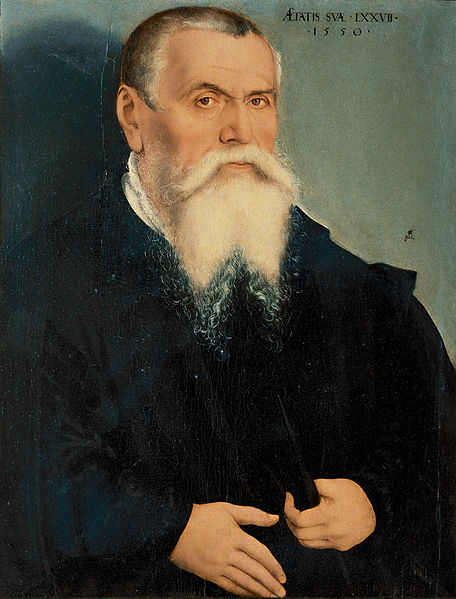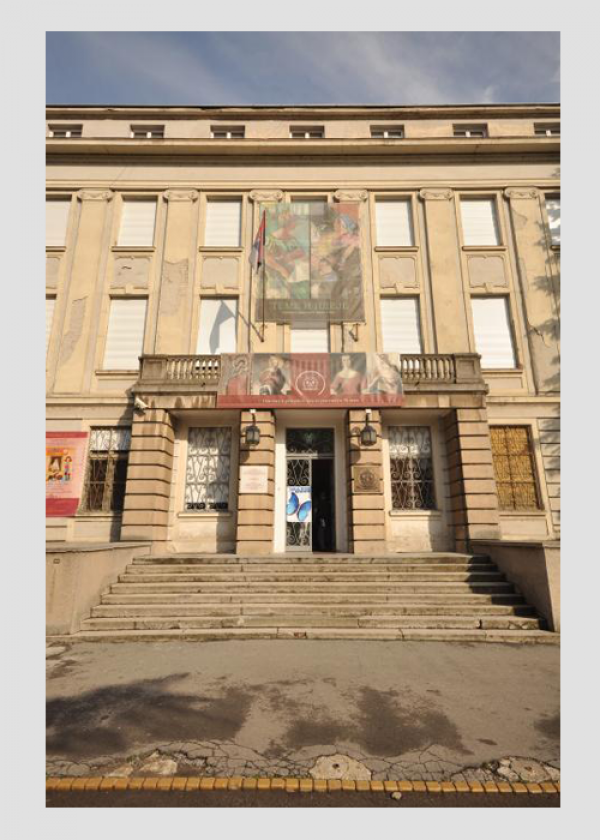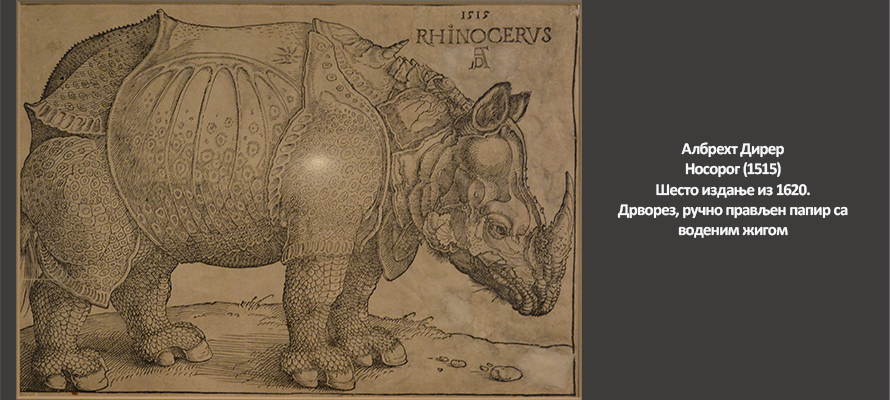Тhe Gallery of Matica srpska was founded in 1847 in Pest (former part of Budapest, Hungary) under the auspices of The Matica srpska, the oldest cultural, literary and scientific institution of Serbian people. The proposal to establish the Serbian National Collection (Museum) was given by Teodor Pavlović, the Secretary of The Matica srpska of that time. The core of the future art collection of The Gallery of Matica srpska was a collection of Sava Tekelija’s family portraits. Being a great Serbian benefactor, Sava Tekelija bequeathed all of his belongings to The Matica srpska in 1840 and remained its president until the end of his life. The establishment of the Museum was publicly announced in the Serbian National Newspaper, which was at the same time, a call to all "patriotic citizens" to give donations to the newly established Museum or “to entrust it with all those things which contribute to enrichment of the national spirit and serve its cultural progress."
The Museum collection was growing steadily thanks to frequent appeals to the patriots. After The Matica srpska was moved to Novi Sad in 1864, the collection was also transferred and shown to the public in 1933, when the Museum of the Matica srpska was finally made official. The Museum operated as a complex collection made of archaeological, numismatic and ethnographic objects, while the art collection formed a separate part. In 1947 this collection, except for art, was granted to the newly opened Museum of Vojvodina, while the works of art formed a special collection called The Gallery of Matica srpska. When it was moved to its present building (the building of the former Stock Exchange from 1926/1927) in the city center in 1958, the permanent exhibition of the Serbian paintings of the 18th and the 19th century, The Gallery of Matica srpska, acts as an independent institution. By annexing the additional hall on the second floor in 1992, the conditions for displaying the collection of the Serbian art of the first half of the 20th century were fully met. The permanent collection is exhibited in three parts, chronologically presenting the Serbian national art from the 16th to the 20th century and its integration into the mainstream of modern European art, as well.
The noble gesture of giving that Sava Tekelija initiated, was continued by the followers to come, chairmen and presidents, members and supporters of The Matica srpska, patriotic citizens, collectors and artists whose intention was to enrich the Gallery’s art collections with gifts, legacies and donations. During its existence, the Gallery has grown into the unique national institution whose art fund, with its rich collection of the Serbian art from the 16th to the 21st century, shows the beginning, the progress and the achievements in the Serbian art and indicates the position of the Serbian culture and art in the European context. Out of the total number of art works (approximately 7.000) belonging to The Gallery of Matica srpska, one-third belongs to gifts and bequests, thanks to which 58 gift collections bearing the names of their benefactors were set up.
Besides the permanent collection, the Gallery organizes the temporary exhibits based on its own fund: exhibitions dealing with the phenomena related to the national art from the 16th to the 21st century, exhibitions of donators’ collections and exhibitions in collaboration with other museums and cultural institutions in the country and abroad.
As for the relation with the public, apart from the popular interpretation of the permanent collection, the Gallery organizes lectures, book presentations, concerts, films and similar events. Moreover, as a part of its numerous publishing activities, the Gallery edits exhibition catalogs and monographs in the field of a specified period of the national art, as well as publications on wider museum issues.
The Gallery of Matica srpska actively participates in larger projects dealing with heritage protection and continuously promotes results and achievements of the organization of conferences and workshops.
A special segment of the Gallery’s activities is devoted to educational programs and creative workshops for children, which gives an interesting and appropriate approach to the Serbian national art and cultural heritage. Most of these activities take place in the Children's Room, an area specially equipped for the youngest population.
For the works of adaptation and creation of the new permanent collection of the 18th, 19th and the first half of the 20th century, The Gallery of Matica srpska was awarded by NC ICOM Serbia for the best project in 2010.




